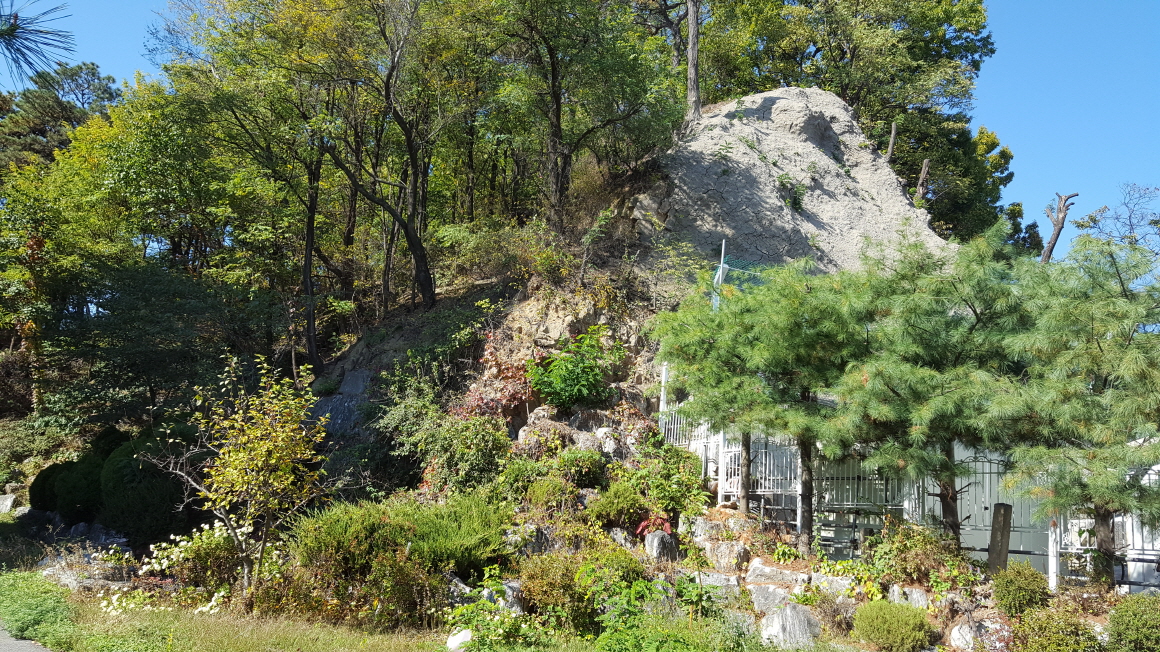Cultural heritage in Goyang
five-thousand years history
Current story of Goyang
2017-04-21
Goyang Meokjeol Ruins (Goyang Beokjeol Mountain Ruins)

Designation No. : Monument of Gyeonggi-do No. 195
740-22 Beopgot-dong, Ilsan Seo-gu, Goyang-si, Gyeonggi-do
As for the origin of the name of Meokjeol Mountain, it is said that a monk of the temple ate a catfish (maegi in Korean), after which the temple was destroyed, so it was called Maegi (catfish) temple and changed into a meokjeol temple. Another story says that it was called Kwaksan in the past. As “Kwak” means miyeok (seaweed), it was called as miyeokjeol and myeokjeol.
Meokjeol Mountian is about 50m, and boats passing through Incheon and Gangwha all passed through this point.
According to the residents’ witnesses, the stone of Meokjeol Mountain disappears during rising tide and reappears with low tide, and Beopgot-dong of this place was an island before the embankment was constructed.
With the embankment stopping the Han River water, it became land.
Isanpo, along with Port of Haengju, was one of the important ports of Goyang City. Meokjeol Mountain Ruins is the first excavated Hanseong Baekjae Period ruins in Goyang city, and the ruins researched until now are: 8 pit dwellings, 2 pits, 1 concrete remains, 5 square stone mound remains, 9 recently composed pit dweelings, and 5 tombs.
They all seem to be traces of houses and buildings made by Baekjae people.
Artifacts excavated in the ruins of Meokjeol Mountain comprise of earthenwears of China and of capitals of Hanseong Baekjae such as Mongchontoseong Fortress and Pungnaptoseong Fortress.
Their characteristics show that remains of Meokjeol Mountain prove evidence that Hanseong Baekjae exchanged directly with the mainland of China, becoming a significant resource that shows the situation of Han river area during the period of the Three States.